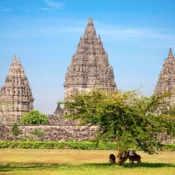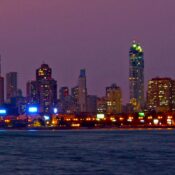
Explore the Impact of Contemporary South Asian Artists on Global Art
Outstanding Artists and Their Cultural Significance
South Asia has produced a plethora of contemporary artists whose works not only reflect the rich cultural tapestry of the region but also engage with global art movements. These artists address various social, political, and cultural themes, making significant contributions to the art world. Here are six outstanding contemporary artists from different regions of South Asia, each with a unique artistic voice and cultural impact.
1. Subodh Gupta
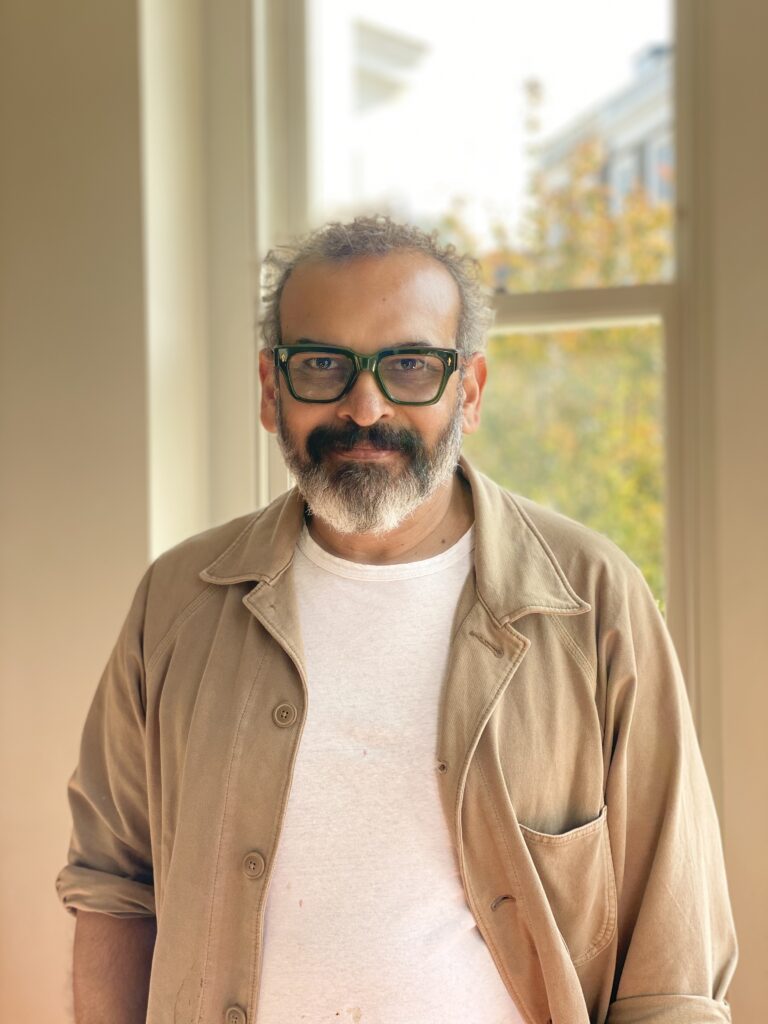
Subodh Gupta is one of India’s most prominent contemporary artists, known for his innovative use of everyday materials to create thought-provoking installations. Born in 1964 in Khagaul, Bihar, Gupta often employs stainless steel utensils, cooking vessels, and other discarded items to explore themes of identity, migration, and globalization. His works reflect the rapidly changing social landscape of India and its relationship with modernity.
Gupta’s art resonates with the broader themes of urbanization and the complexities of contemporary life in India. His ability to transform mundane objects into powerful symbols of cultural identity and socio-economic realities makes his work universally relatable. One of his most famous pieces, “Classically Modern”, features a massive skull made of stainless steel cooking pots and utensils, symbolizing the intersection of tradition and modernity. Gupta’s work is exhibited in prestigious institutions worldwide, bridging the gap between Indian and global art narratives.
Gupta’s art resonates with the broader themes of urbanization and the complexities of contemporary life in India. His ability to transform mundane objects into powerful symbols of cultural identity and socio-economic realities makes his work universally relatable. One of his most famous pieces, “Classically Modern”, features a massive skull made of stainless steel cooking pots and utensils, symbolizing the intersection of tradition and modernity. Gupta’s work is exhibited in prestigious institutions worldwide, bridging the gap between Indian and global art narratives.

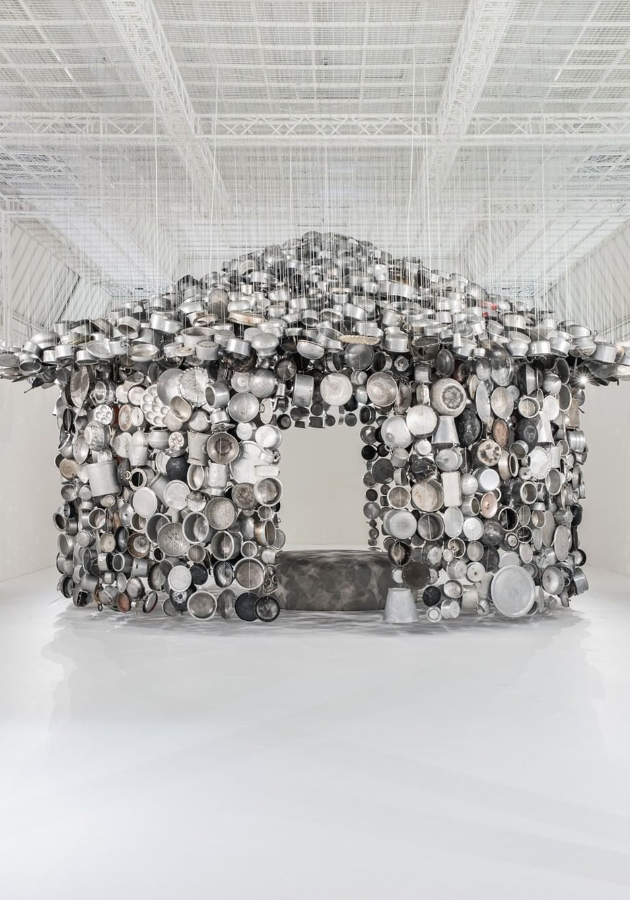
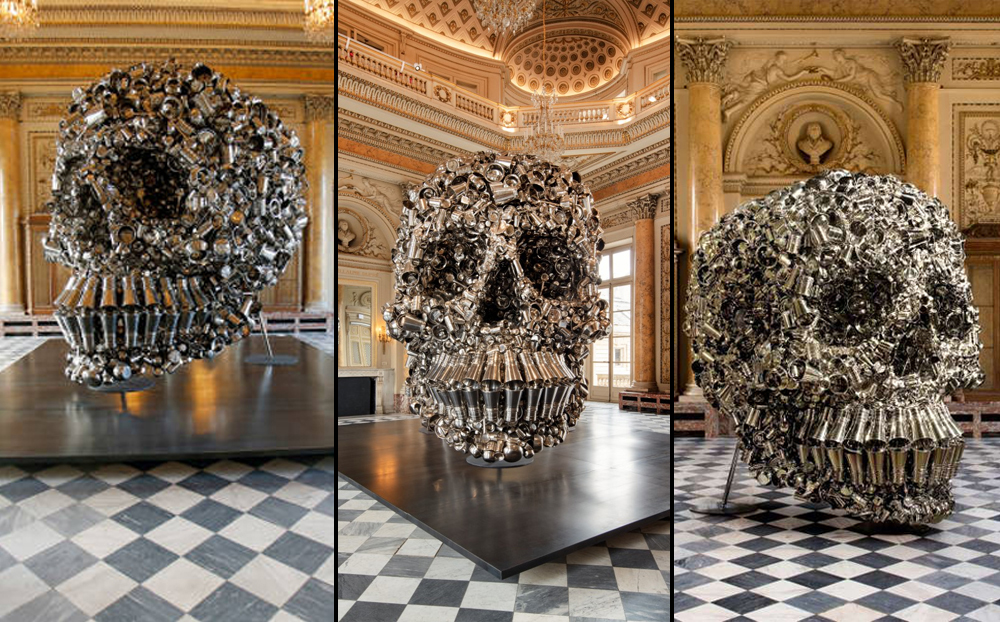
2. Yayoi Kusama
Though born in Japan, Yayoi Kusama has strong ties to Sri Lanka through her engagement with local artists and cultural dialogues. Known for her immersive installations and polka dot motifs, Kusama’s work often explores themes of infinity, self-obliteration, and psychological experiences. While her primary influences stem from her own experiences with mental health, her art transcends cultural boundaries and resonates with universal themes of existence and perception.
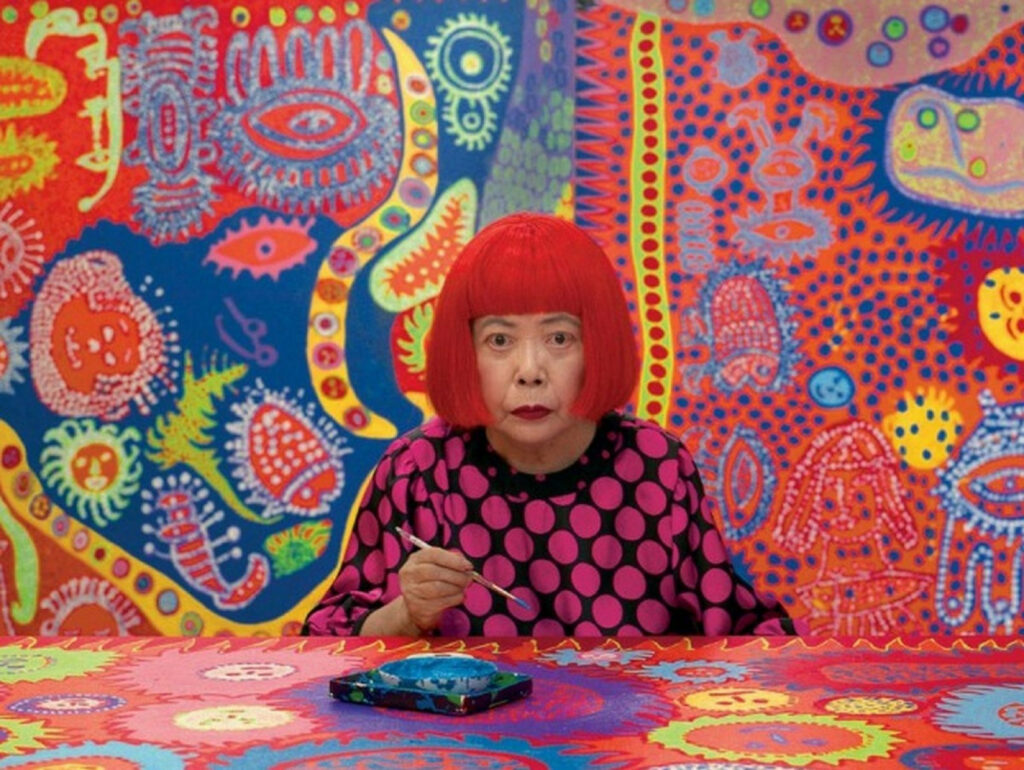
Kusama’s contributions to contemporary art are significant, particularly her ability to address mental health and the human condition through vibrant and engaging visuals. Her installation “Infinity Mirror Rooms” invites viewers to immerse themselves in endless reflections, prompting contemplation on identity and self-perception. Kusama’s influence extends beyond borders, as she has collaborated with numerous international artists, enriching the global art scene with her distinctive voice.
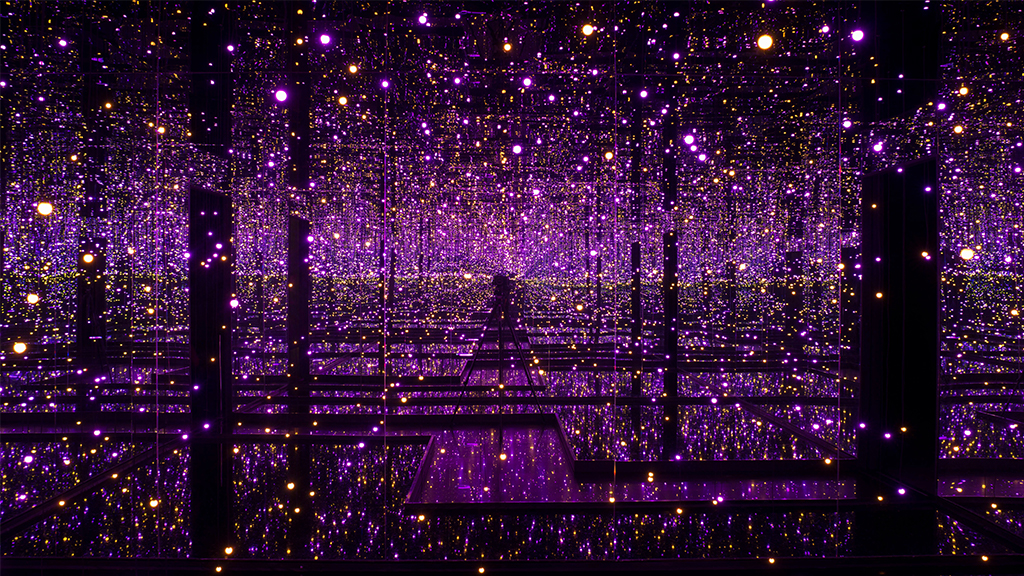
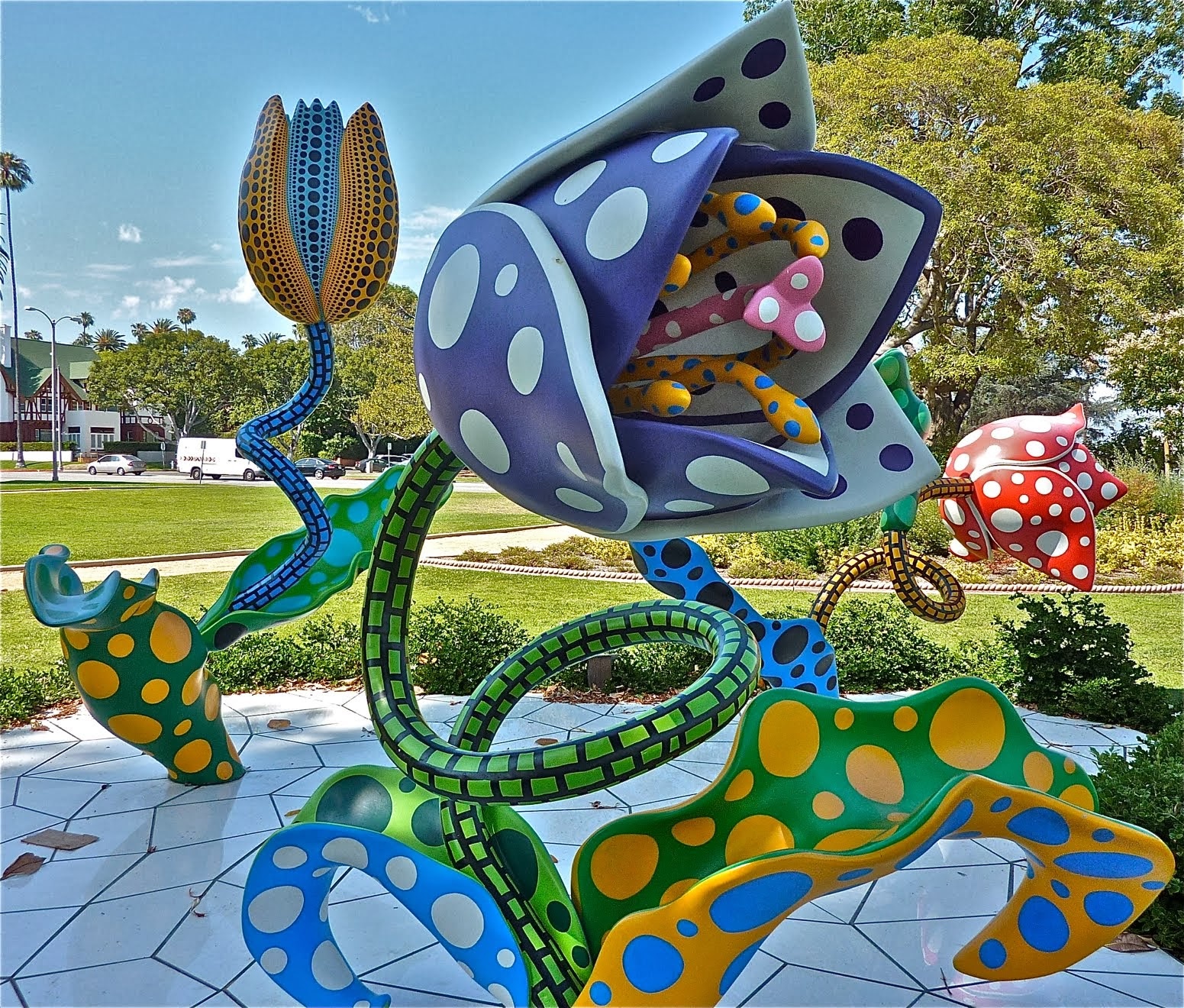
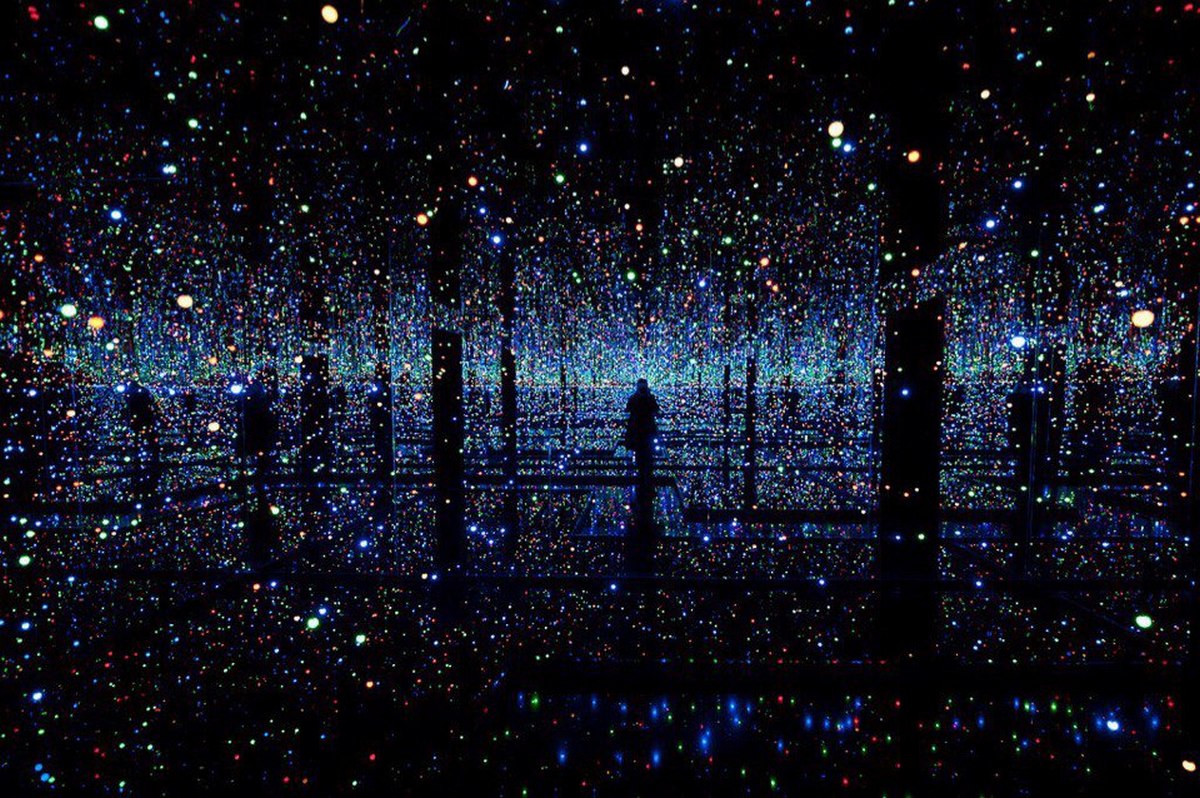
3. Raqs Media Collective
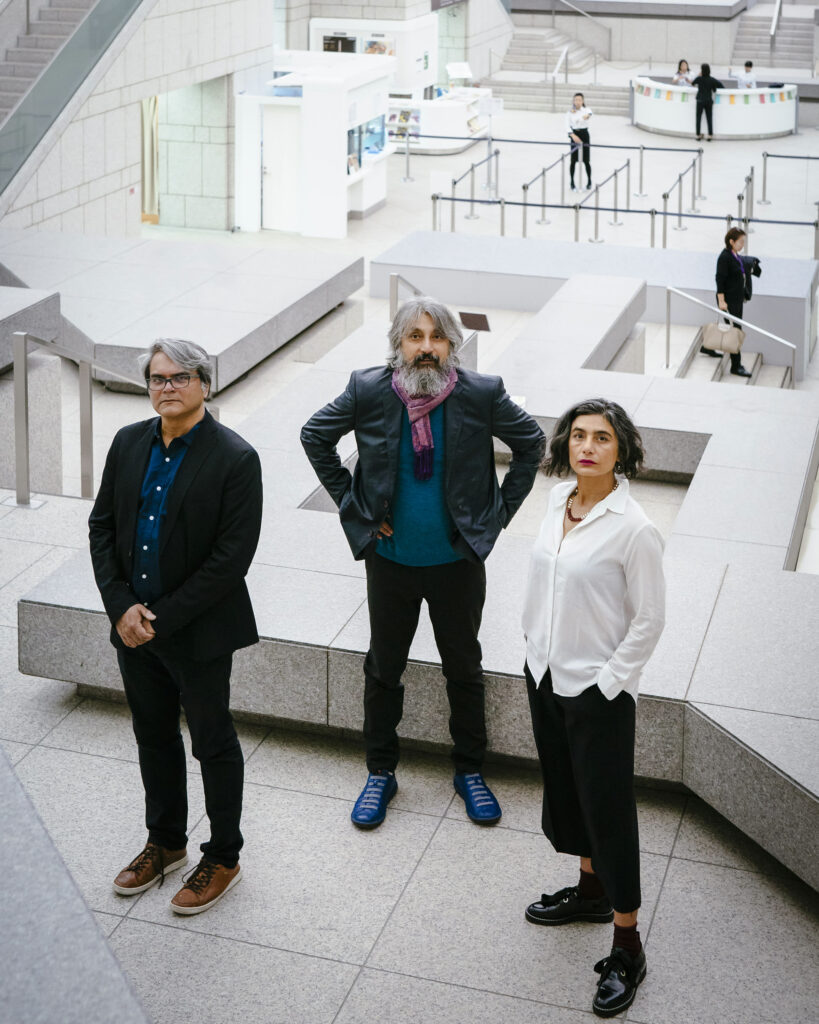
Raqs Media Collective, consisting of artists Jeebesh Bagchi, Monica Narula, and Shuddhabrata Sengupta, is a renowned contemporary art collective based in New Delhi. Formed in 1992, Raqs engages with various mediums, including installation, video, and performance art, often questioning the dynamics of culture, technology, and society. Their works explore themes such as memory, history, and the politics of representation.
Raqs Media Collective’s art challenges conventional narratives and encourages viewers to reconsider their understanding of culture and identity. Their installation “The Last Poet”, which reflects on the nature of time and memory, has been exhibited globally, fostering dialogue around the intersections of history and contemporary life. By engaging with both local and global contexts, Raqs continues to influence contemporary art discourse, making their work relevant on the international stage.
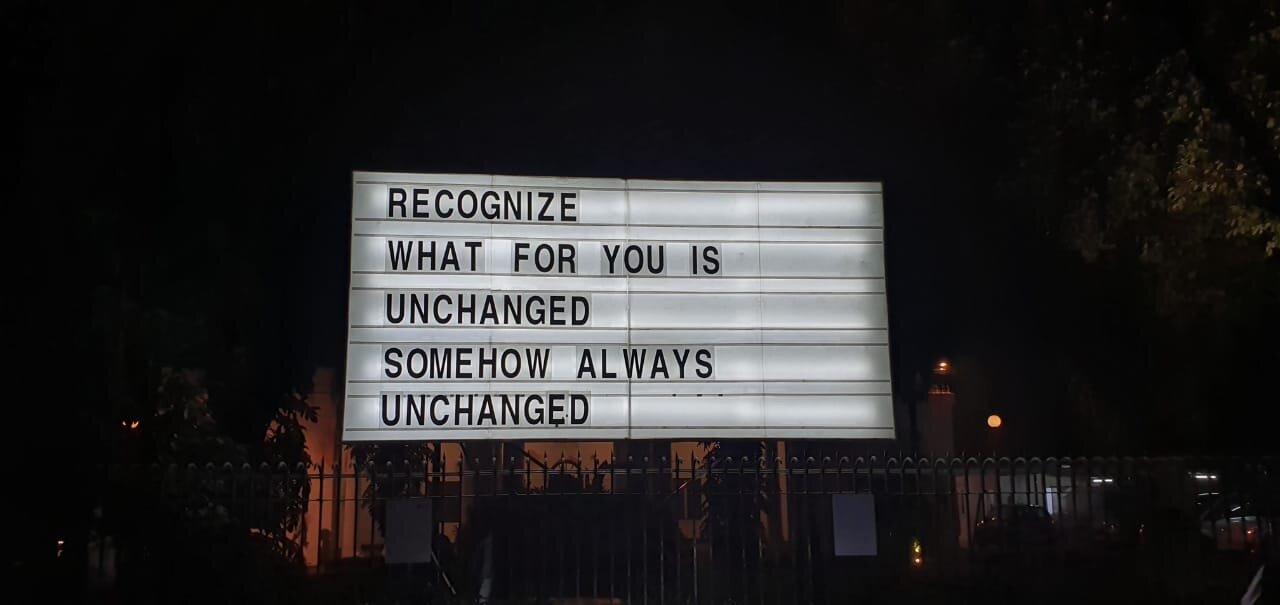
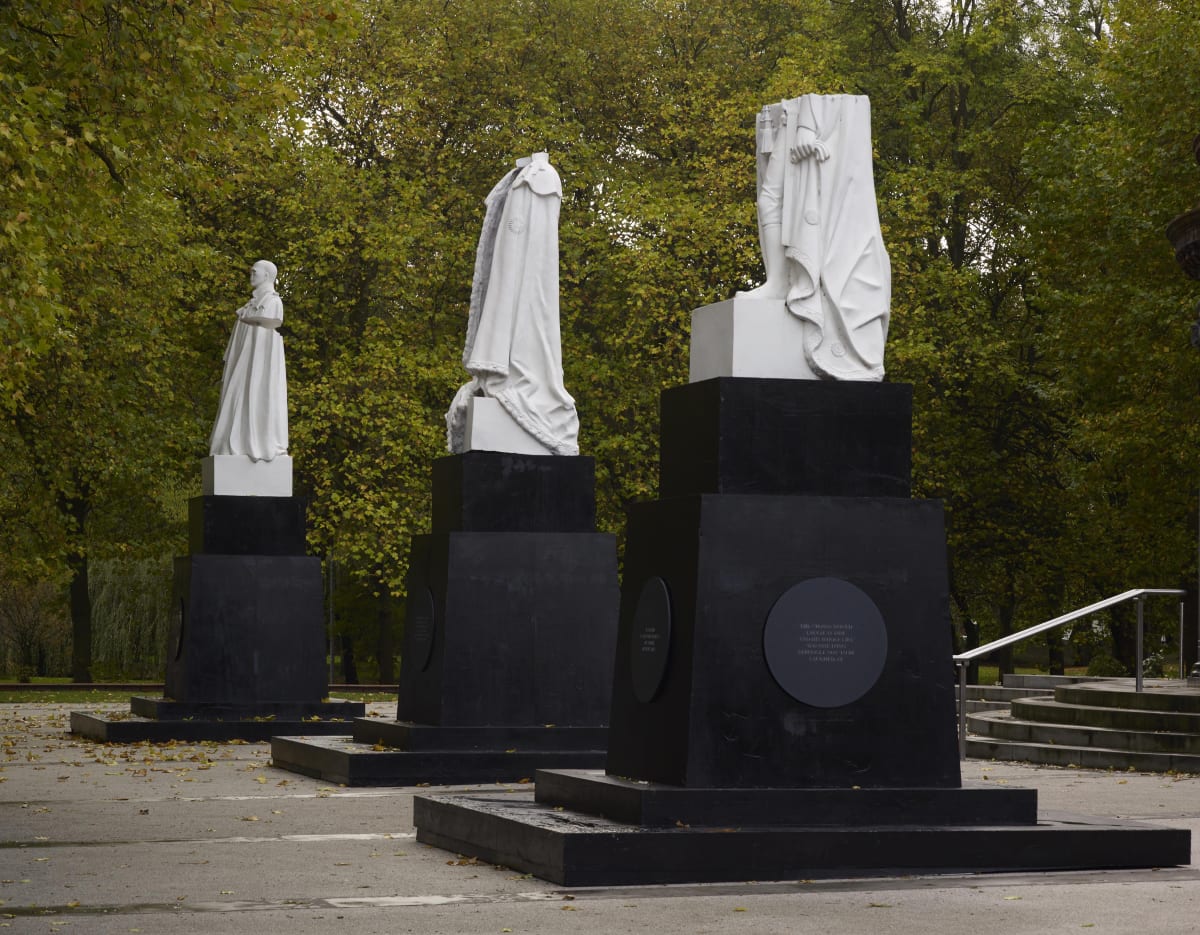
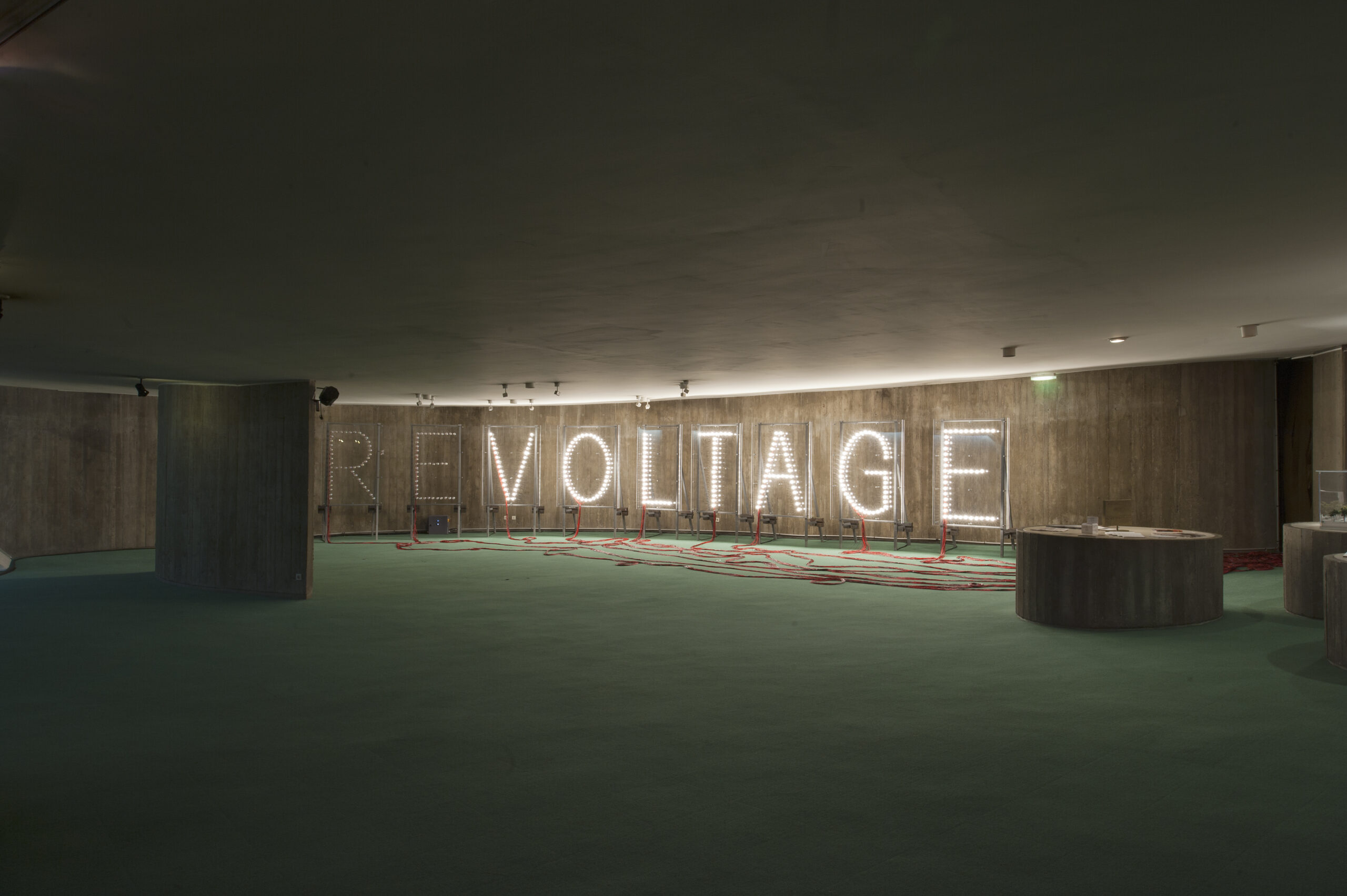
4. Shahidul Alam
Shahidul Alam is a renowned photographer, writer, and activist from Bangladesh, whose work focuses on social justice, human rights, and the power of visual storytelling. Born in 1955, Alam has been a pivotal figure in the South Asian photography scene, founding the Drik Picture Library and the Chobi Mela International Photography Festival.
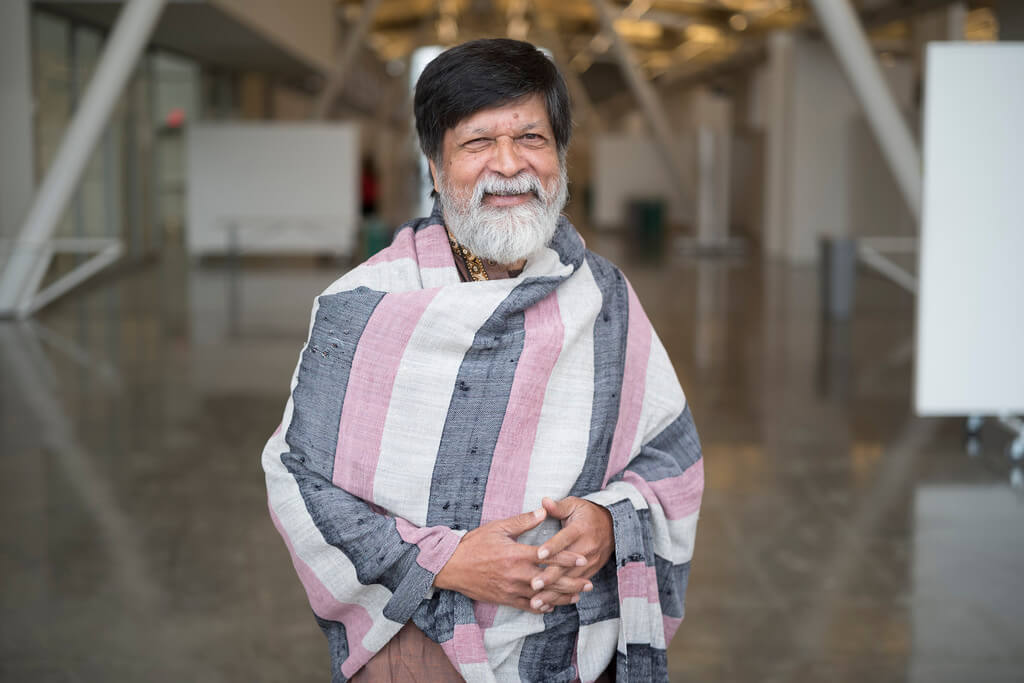
Alam’s photography captures the resilience and struggles of marginalized communities in Bangladesh and beyond. His commitment to using art as a tool for social change has inspired a generation of artists and activists in South Asia.
“Crossfire” (2010) – This controversial photo series documents extrajudicial killings in Bangladesh, shedding light on state violence and corruption. The work has been instrumental in sparking dialogue and raising awareness about human rights abuses.
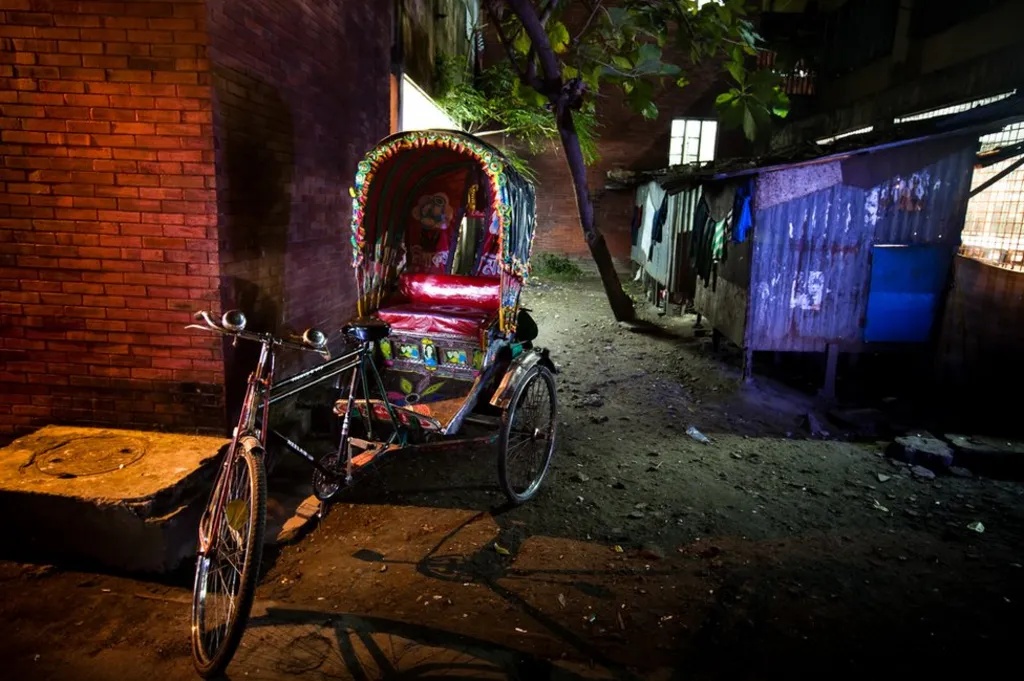
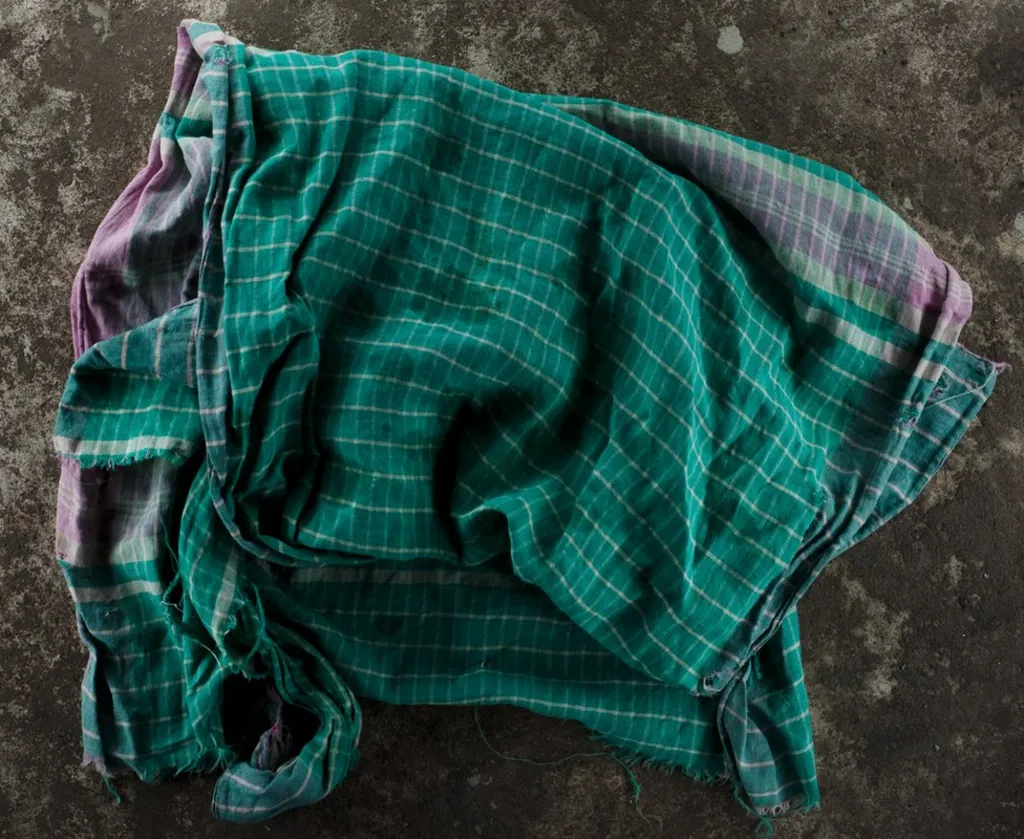


5. Rashid Rana
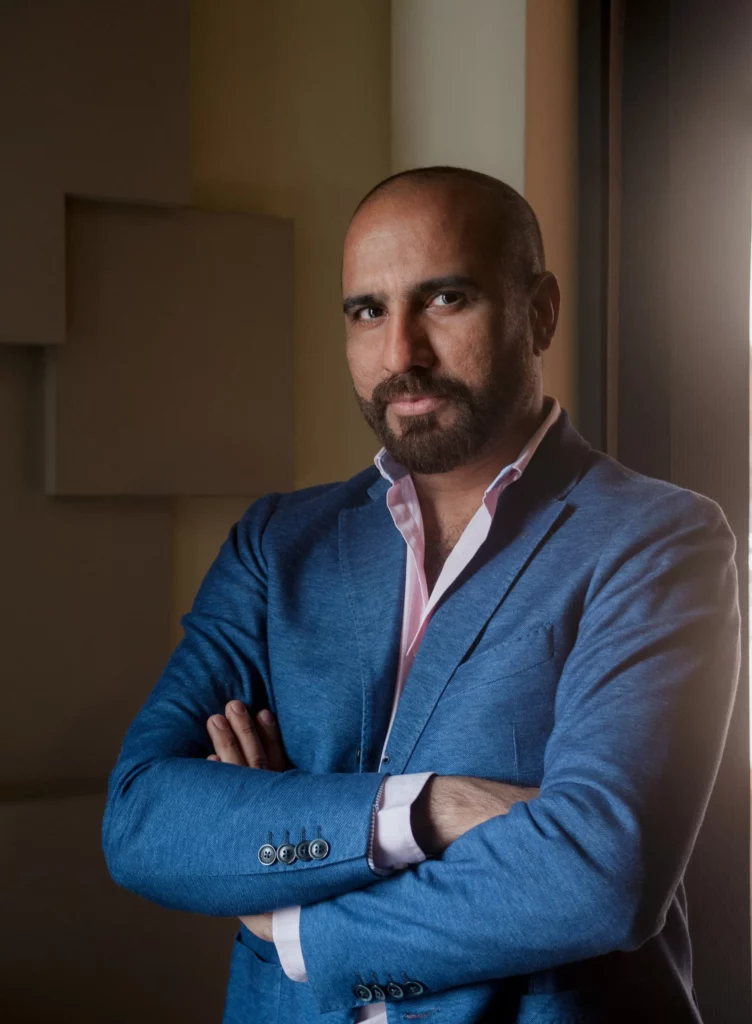
Rashid Rana is a leading contemporary artist from Pakistan, known for his pixelated photo collages and large-scale installations that deconstruct images to reveal deeper social and political commentary. Born in 1968 in Lahore, Rana’s work often juxtaposes traditional and modern elements to challenge perceptions and provoke thought.
Rana’s art critically examines the cultural, political, and economic landscapes of Pakistan and the broader South Asian region. His innovative techniques and thought-provoking themes have earned him international acclaim, making him a significant figure in contemporary art.
“Desperately Seeking Paradise” (2007) – This monumental piece is a photo mosaic composed of thousands of tiny images depicting urban and rural life in Pakistan. The work questions the dichotomy between reality and perception, tradition and modernity.
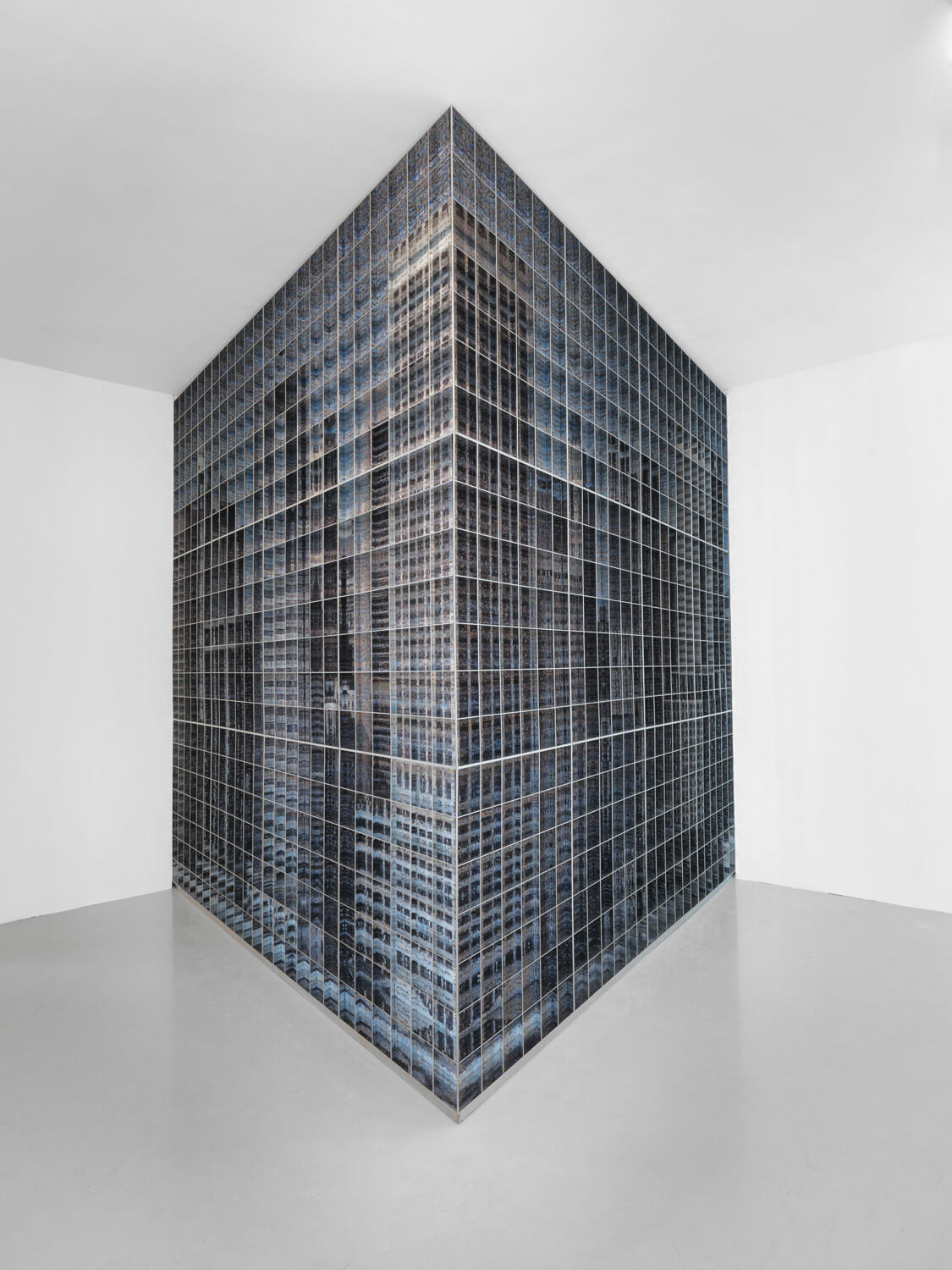
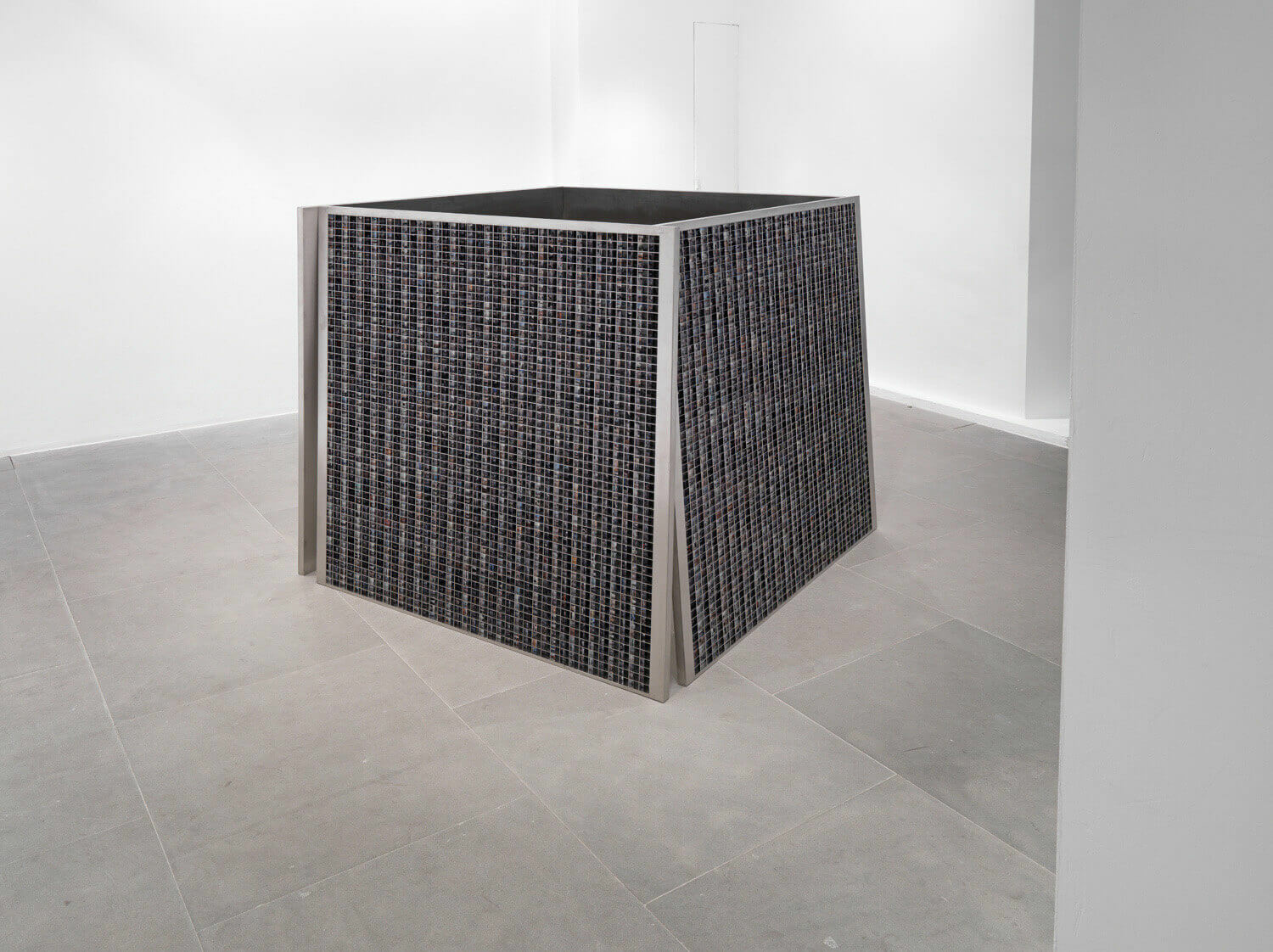
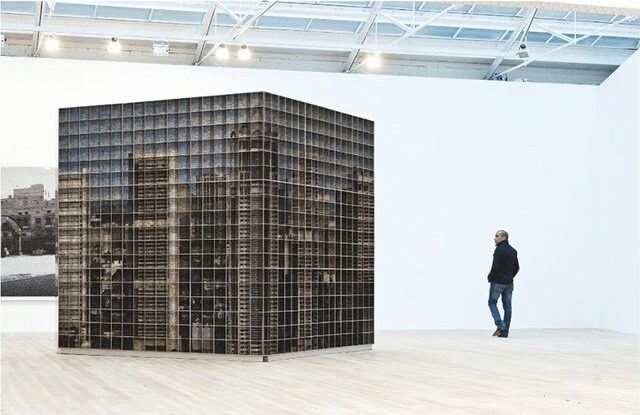
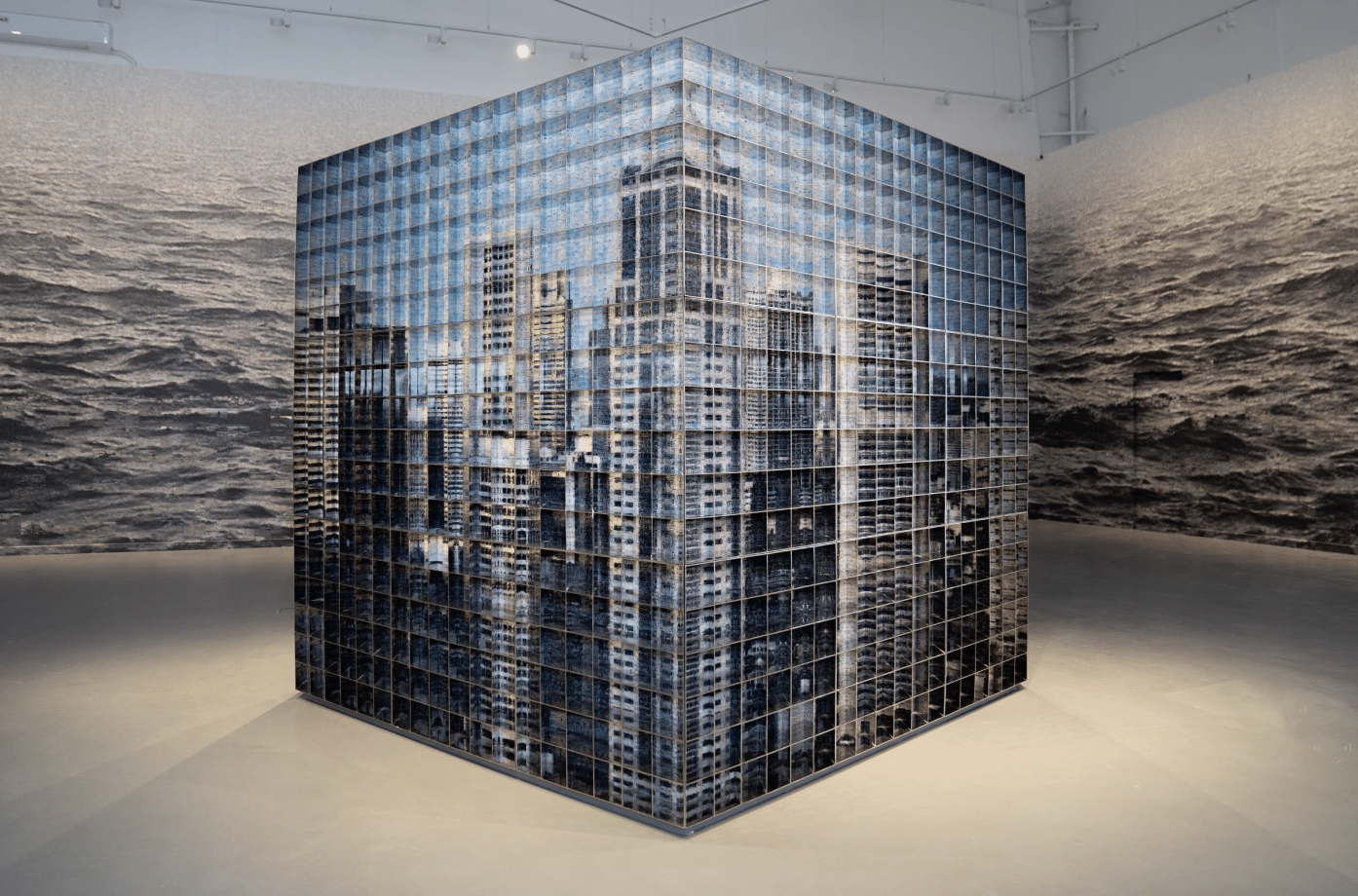
6. Shilpa Gupta
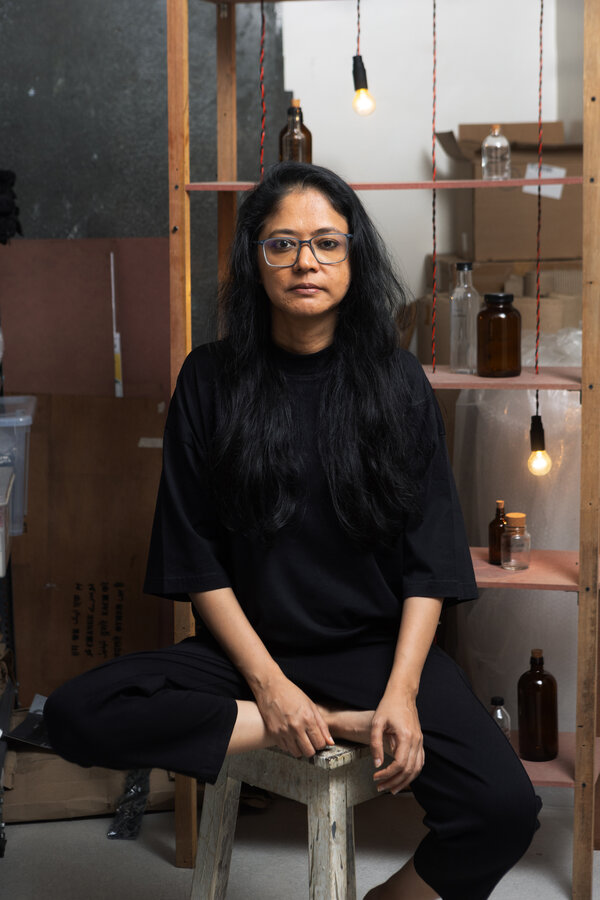
Shilpa Gupta, born in 1976, is a prominent Indian contemporary artist whose multidisciplinary works explore themes of identity, borders, and the intersection of technology and humanity. Gupta’s installations, videos, and interactive pieces challenge viewers to engage with complex social and political issues.
Gupta’s art addresses the fluidity of identity and the arbitrary nature of borders, resonating deeply in a region marked by historical and ongoing conflicts. Her work encourages critical reflection on how these themes impact individual lives and collective histories.
“Someone Else” (2011) – This installation features books written by Indian authors under pseudonyms, examining the notion of identity and anonymity in literature and life. The work highlights the tension between personal expression and societal expectations.



